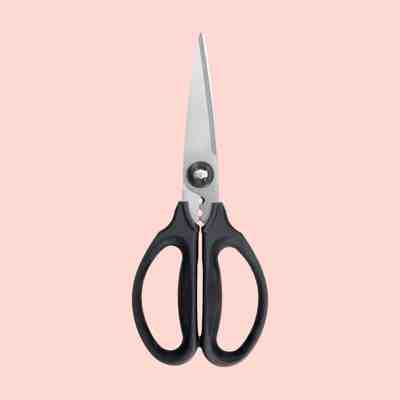
Back when going to the office every day was a regular part of my routine, I tried to be “that person” and pack my lunch every day. But between prepping my food the night before and remembering to bring my lunch containers home each night for their refill, taking a 20-minute break to pick up a burrito or falafel bowl just seemed easier. Plus, picking up my lunch allowed me to take a much-needed walking break , which helped me feel refreshed when I sat down at my desk again—added bonus to the daily errand.
Those lunchtime runs add up, though. Over the course of my career, I’ve probably spent more money than I should admit on takeout lunches. A 2015 survey by Visa found that the average American spends $53 per week on lunch, which adds up quickly: $2,746 per year, to be exact. So if you suddenly found yourself working from home when much of the country began social distancing in March, it’s likely that you’ve saved a few bucks in the process.
There are definitely pros and cons to making your lunch from home. I’ll be honest, though—I missed my go-to lunch order: A big kale salad from Sweetgreen, with plenty of toppings and tossed with both the brand’s cashew dressing and their hot sauce. (A spicy salad? It works!) And no matter how hard I tried to toss my own lunchtime salads at home—complete with all sorts of leftovers and fixings—the experience didn’t seem the same, and I could never seem to chop the kale leaves to the uniform ribbons I wanted.
That is, until I put down the knife and picked up a pair of kitchen shears. As Lifehacker pointed out last year , using scissors to cut greens, mince toppings, and give even pre-cut lettuce an extra chop is an easy way to tackle even the most fibrous salads. So, I invested in an $18 pair of kitchen shears from OXO —though if your kitchen’s knife block came with scissors, those will probably work too—and began snipping away at my produce like it was an arts and crafts project. You can use kitchen shears for a variety of projects , but my favorite by far is to insert the scissors directly into a full salad bowl and start cutting away. It dices and mixes the salad in one go.

It’s important to dedicate your kitchen shears to the kitchen alone, and not use your shears when opening mail or other boxes. Wash them after every use, too—I like the OXO shears because the blades come apart easily so you can really scrub each leg without fear of closing the scissors on yourself. (This feature can sometimes be frustrating, however: The scissors have a tendency to separate if you, like me, try to make a too-ambitious cut while preparing your meal.)
There are certainly cheaper shears on the market, but $18 was a worthy up-front fee for no-stress salads. (It might also be worth investing in specialized poultry shears if you work with meat regularly.) Plus, I was spending around $14 each time I bought a takeout salad to eat at my desk. Even with the cost of keeping DIY salad ingredients in my fridge, I made the investment money back almost immediately—and there’s no kale leaf too hearty for my scissors to take on.
Looking for other ways to up your lunchtime salad game? Try these:
A stainless-steel mixing bowl set that won’t scratch if you accidentally scrape your scissors against it, $24.99 for a set of three
Generous “dinner bowls” that act like a plate but offer the peace of mind that only a bowl’s higher rim can offer, $42 for a set of four
And the Kitchn’s bright and tangy poppy seed salad dressing , which works on everything from spinach to romaine, and everything in between.
